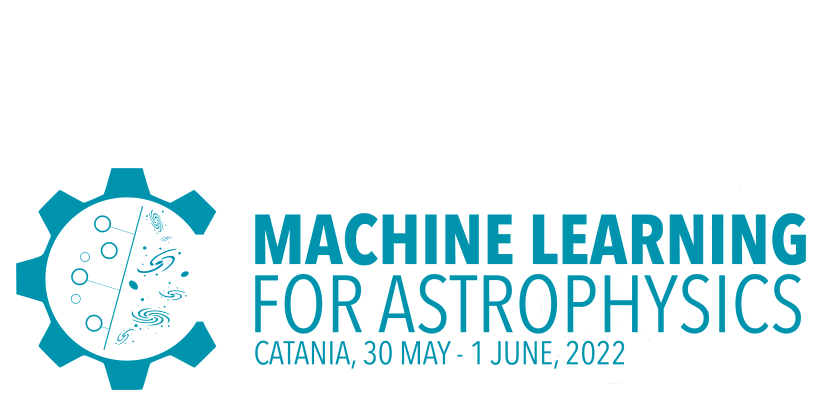Speaker
Description
The use of type Ia supernovae (SNe Ia) as standardizable candles led to the Nobel Prize-winning discovery of the accelerating expansion of the universe and cemented their role in the quest to understand the nature of dark energy. Accurate cosmological parameter estimation requires a sample of pure SNe Ia with minimal non-Ia contamination, but spectroscopic confirmation of supernova type is logistically infeasible in most cases. Thus, a reliable algorithm for photometric supernova classification is vital to expanding the set of cosmologically useful SNe Ia beyond the spectroscopic sample. In this talk, I will present SCONE (Supernova Classification with a Convolutional Neural Network), a novel deep learning-based method for photometric supernova classification. While traditional photometric classification algorithms relied on extracting handcrafted features from supernova photometry, deep learning methods bypass this requirement by identifying and using features optimized for the classification task. SCONE is a convolutional neural network (CNN), an architecture prized in the deep learning community for its state-of-the-art image recognition capabilities. Supernova time-series photometry is preprocessed into 2D “images” using Gaussian processes in both wavelength and time dimensions to generate the input to the model. This alleviates the issue of irregular sampling between filters and, along with the choice of an asymmetric convolutional kernel covering the full wavelength range, allows the CNN to learn from information in all filters simultaneously. In addition, our model requires raw photometric data only, precluding the necessity for accurate redshift approximations. SCONE has achieved 99.73±0.26% test set accuracy differentiating SNe Ia from non-Ia, as well as 98.18±0.3% test accuracy performing 6-way classification of supernovae by type. SCONE also exhibits impressive performance classifying supernovae by type as early as the second detection with very few epochs of photometric observations. SCONE achieved 60% average accuracy across 6 supernova types at the date of trigger and 70% accuracy 5 days after trigger. The incorporation of redshift information improves these results significantly to 75% accuracy at the date of trigger and 80% accuracy 5 days after trigger. The model also has relatively low computational and dataset size requirements without compromising on performance – the above results are from models trained on a ∼10^4 sample dataset in around 15 minutes on a GPU. SCONE’s ability to produce impressive early-time classification results as well as perform highly accurate SNe Ia vs. non-Ia classification makes it an excellent choice for spectroscopic targeting and the development of photometric SNe Ia samples for cosmology.

